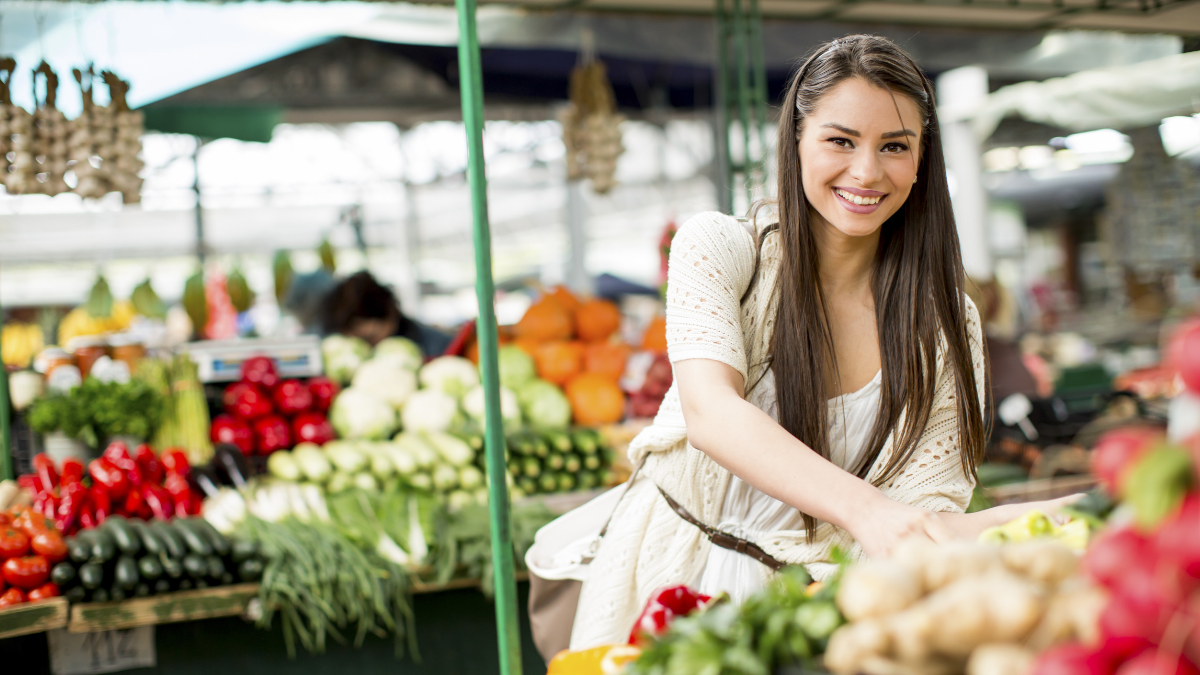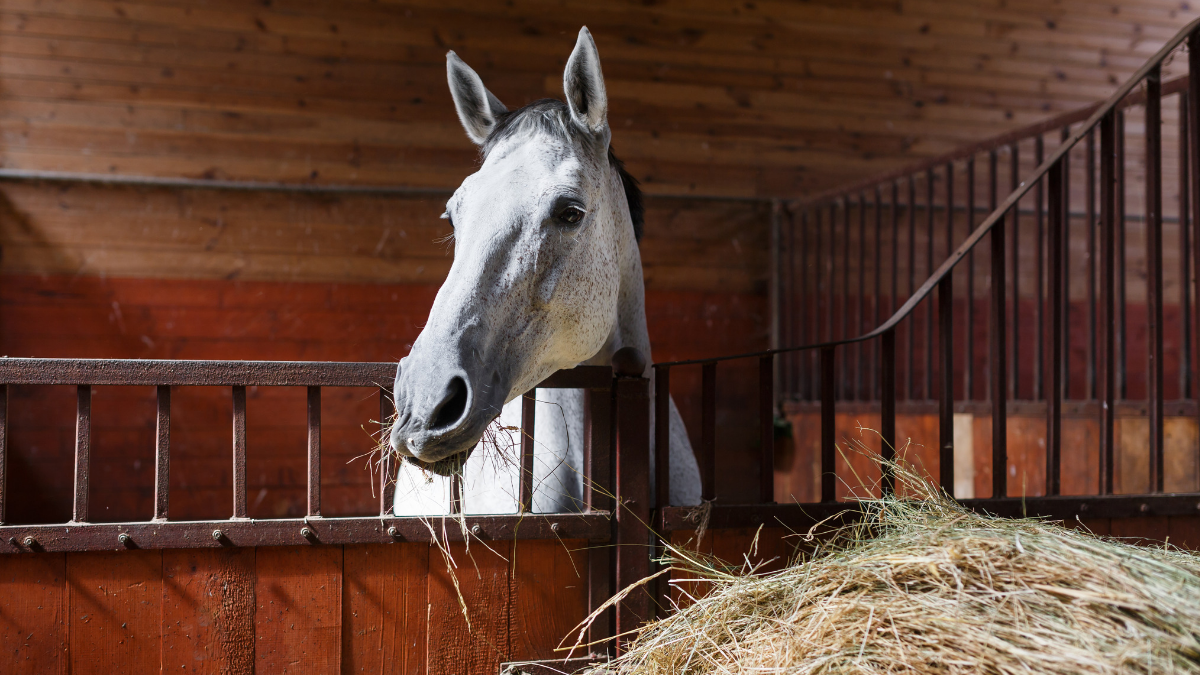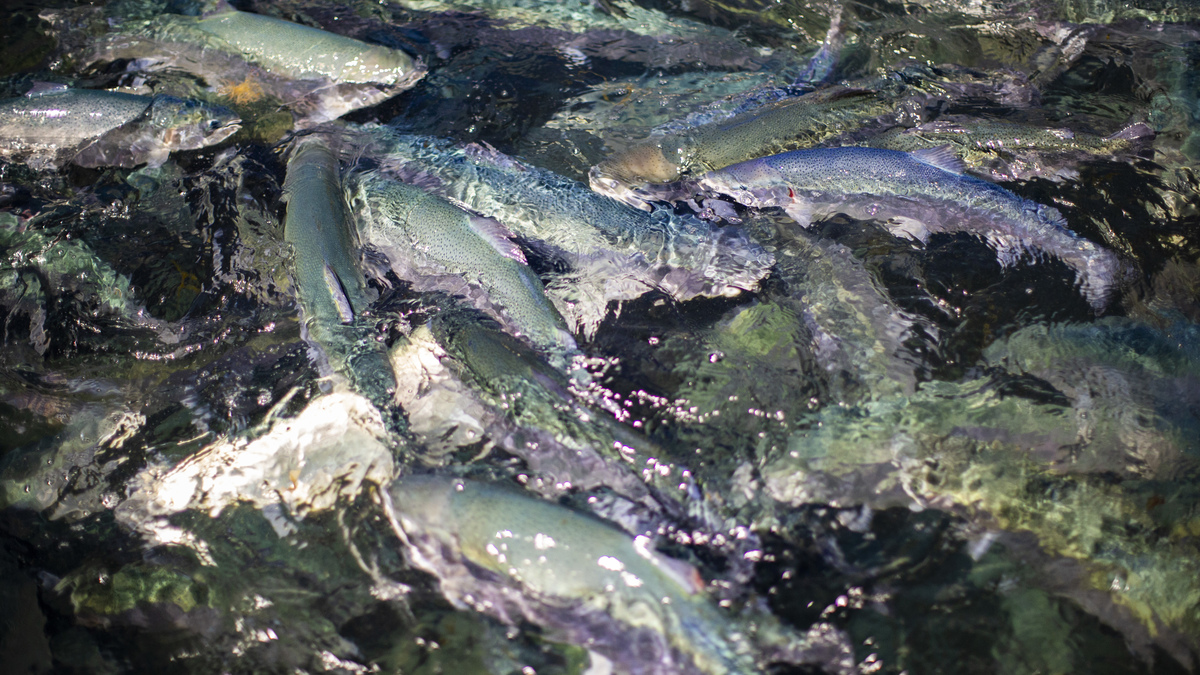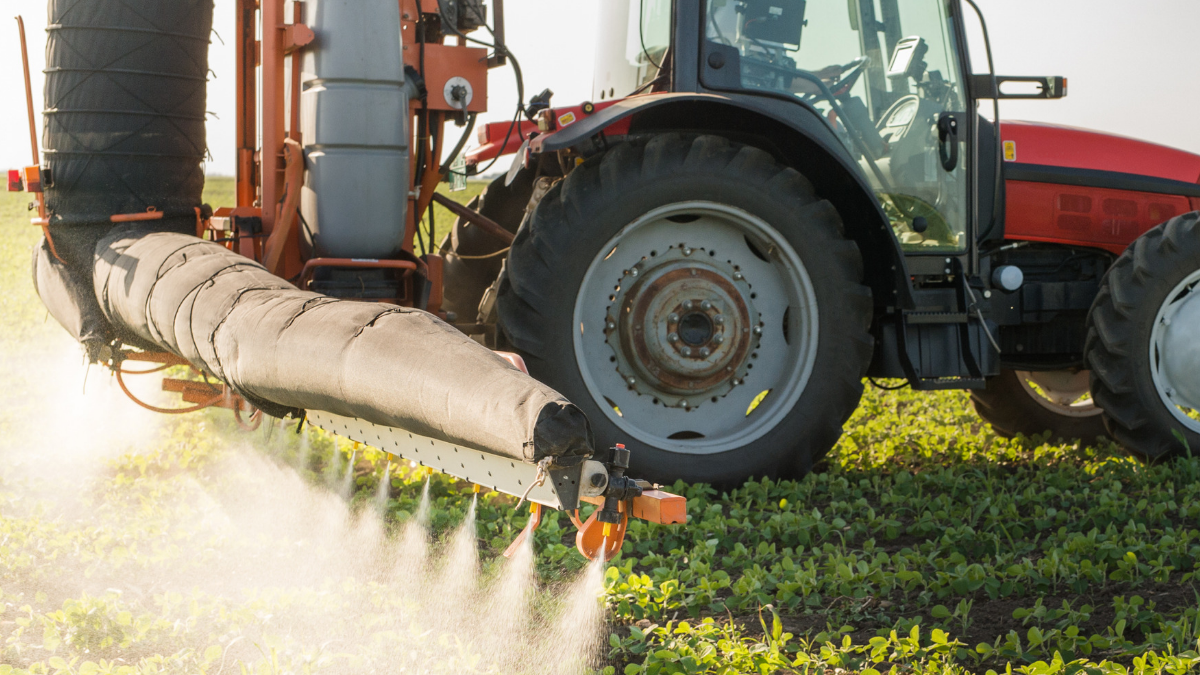Dr. Raj Kasula: Breaking the cycle: Nutrition for better egg shell quality
The following is an edited transcript of Tom Martin's interview with Dr. Raj Kasula. Click below to hear the full audio:
Tom: Raj Kasula is a poultry technical consultant at Ridley Feed Ingredients. A certified professional animal scientist for poultry via the American Registry of Professional Animal Scientists, he has more than 28 years of experience in multispecies animal nutrition with a focus on poultry. He is currently spearheading the development of a modern version of layer nutrition software called the Alltech Poultry Model. He is also the Alltech lead on projects such as the Alltech Egg Squad, poultry blocks, a natural de-wormer, extruded chicken starter feed and vitamin organic trace mineral premix. We thank you for joining us, Raj.
Raj: Thank you. My pleasure.
Tom: Are consumers becoming more critical of egg quality? What are they looking for in an egg?
Raj: At the consumer level, they are probably not so critical about the eggshell quality. However, they are interested in egg quality in the sense that they walk into the superstore, then they're looking for a selection of eggs, from a regular commercial egg to a pasture-raised or organic to enriched eggs, in terms of pigment or omega-3 or selenium or vitamin E. So, yeah, they're definitely looking for quality and value from the egg as compared to just the traditional belief of “an egg is an egg is an egg.”
Tom: I'm curious, because I know most of us mainly check to see if the eggs are cracked, but what does somebody with your expertise look for when you go to the grocery store to buy eggs? Or do you have another source?
Raj: Yeah, being in the industry and working so closely with the birds and eggs, my way of looking at eggs will be really different. Certainly, I do look for the total quality in terms of external parameters of the egg: the shape, the color, the strength (like any cracks on it), how clean it is and how glossy it is, because from each of those parameters, I can read what the hen is about, what is going on with the hen. So, definitely, yes, my look will be totally different.
Tom: It would be interesting to take Raj Kasula along with us to the supermarket now and then! From a producer perspective, what are the characteristics of superior eggshell quality?
Raj: From the producer's perspective, among the eggs that don't make [it] to market, about 90 percent of them are due to the poor shell quality. A producer is producing the eggs to make money, and he doesn't make money unless those eggs make it to the market. So, to see any returns, he has to get the egg into the market, and if the shell is not good — doesn't show good color, good shape; it’s not hard enough, the egg cracks, are dirty — they're not going to make [it] to market. That’s the problem in about 90-plus percent of the cases where the eggs don't make [it] to the market.
Tom: I mentioned that, for the average consumer, we open up the carton and we look to see if they're cracked, and that's kind of how we make our decision, but how significant is an egg breakage? Are there ways, through nutrition, to strengthen the shell to prevent cracking?
Raj: Eggshell breakage is actually a natural phenomenon, I should say. As the bird is growing older, the size of the egg increases. The shell gland’s capability of depositing calcium on an egg remains the same. It's able to deposit only the same amount of calcium on the egg. So, when the egg is growing bigger, it's tilling out on the egg. That’s how it becomes a bit soft and breaks; it can crack. There is a natural phenomenon, but then, there are ways — by nutrition and management — we can try to minimize that.
Tom: And is there a certain point in the bird's life-cycle when the producer should start thinking about egg development and about eggshell quality?
Raj: Typically, anywhere about 45-50 weeks of age. If the producer has been in the business and [is] seasoned enough, he would know that he has to take some additional precautions with his nutrition and management toward the eggshell quality, and it usually happens.
Tom: Do you recommended a general nutritional strategy, or does it vary from farm to farm, types of birds to types of birds?
Raj: It’s pretty general, although there are some minor differences depending on the type of farming, such as cage-free or organic or free-range, and the specialty eggs. There are some different strategies for those.
Tom: So, what sorts of nutritional additives, such as vitamins and minerals, have proven effective in ensuring superior external and internal egg quality?
Raj: Yeah, let me talk about the external quality first. For the external quality, especially the shell strength, calcium is the key. It is very important to make sure that you provide all the things required by the bird's physiology to absorb calcium from the gut — these levels of calcium, levels of phosphorous — because calcium and phosphorus work together. It is proven that phosphorus, at very high levels beyond the point of production, is not really good for the shell quality. There is another mineral called magnesium, which is also important, that gives the strength to the shell quality, helping the calcium minerals to get on the shell.
On top of that is vitamin D, which is important for absorption of calcium from the gut. Vitamin D actually enhances the cell — the interstitial cells — of pigs from the gut to digest the calcium. So that is very important.
And then, the trace minerals are very important, because although those are small in quantity — very tiny amounts are required in the ration — when you look at it on the ration, you feel like, “Oh, these are tiny amounts. Do they really make a difference?” And they really do. So, zinc is important and [is] an enzyme that actually helps in formation of calcium carbonate from calcium from the blood and bicarbonate from the blood.
We have manganese that helps in the formation of collagen, which is important for formation of the egg and the shell membrane. Then we have copper for some of the glycoproteins, and those, which are, again, components of eggshell and shell membrane. There is also selenium, which is very important for keeping the health of the interstitial cells so that they can absorb more nutrition rapidly. These are my recommendations for primary placement. These are very important.
Tom: And you recommend organic, correct?
Raj: I recommend organic because of the efficiency aspect. The trace minerals in the inorganic form and their application use and benefits have been tested and proven for several decades. But, the current trend is in organic minerals because they are a lot more efficient. If you look at research literature, it says the organic minerals are anywhere between three to six times better absorbed from the gut in comparison to inorganic minerals. This is a lot more efficient, because you're feeding the animal less while getting more, and you're not contaminating the environment — the soil — with minerals that are not absorbed.
The biggest disadvantage, I would say, with unabsorbed inorganic minerals is that you are feeding the “bugs” in the hindgut, which we don't want. We really want to keep them suppressed. The moment they get these kinds of nutrients, they are going to be more robust, and they're going to be more aggressive when they get a chance to take over. There is enough research to say that organic minerals perform much better than the inorganic minerals — even at lower levels — and on a sustainable basis.
Tom: Is what's good for the shell also good internally? Are there different or additional additives, minerals, vitamins, that have to be considered for internal health? Do you also have to think about interactions between those?
Raj: If you're talking about the internal quality of the egg, there are some minerals within the egg mass that are the same as the minerals needed for external shell quality. There are additional considerations for the quality of protein and some of the vitamins and if the producer is focusing on the color of their egg yolk —a darker pigment. If it is a specialty egg enriched with omega-3, omega-6, selenium or vitamin D, vitamin E, those are additional strategies and technologies that you would use to make sure you get them inside the egg yolk.
Tom: And you've mentioned calcium. Is there something about the size of the calcium particle that's important to consider?
Raj: Yes, there is. For calcium, the main source in the rations is limestone. There is research showing that limestone is available in many sizes of fine, medium and coarse. The research shows that, when limestone is used as larger particles — especially in the older laying birds — when the birds start laying, they require a sustained release of calcium. If the particle size is too fine, it gets dissolved and absorbed very quick, and it gets excreted also very quick, so there is not a continuous or sustained level of calcium. A larger particle dissolves slowly and gives a sustained level, so the bird is able to calcify the shell during the dark period of the night when she is not eating. That is very important.
The larger particles of limestone will also help us in grinding the ration, the nutrients, the feeding grain that it's consuming and liberating nutrients and preventing the digestion for further attack by the good acids and enzymes at subsequent stages.
Tom: Okay, let's move on to looking at some of the more common problems being encountered by egg producers today. What would you say those are?
Raj: The disease aspect is very complex and varies from market to market. But in general, as a producer and as a nutritionist, the most common one is the shell quality. There are also behavioral issues, such as pecking. The birds start pecking each other and they end up killing each other — cannibalism. These are some of the issues we commonly find. There are cases where you also find issues with worms; especially when birds that have access to the floor and outside, they end up picking up some of the worm eggs [which] develop inside, and those cause severe production losses.
Tom: In very recent years, we've seen some spikes in mycotoxins in silage and barlage, in particular, in this country. Are egg producers concerned about mycotoxins?
Raj: Sure, they are, because mycotoxins are something nobody would like to take a risk with. They are not easily seen; you cannot necessarily determine by sight if a particular ingredient — say, corn, or what have you — has mycotoxins or not. It isn’t visible to the naked eye. So, the best approach would be, like, we do insurance: always have a mycotoxin-binding or a mycotoxin-countering technology built into the ration. Typically, all nutritionists do that.
Tom: Tell us about the layer nutrition software that you're working on right now.
Raj: Okay, the layer nutrition software I'm working on is called the Alltech Poultry Model. This is a software modeled to a particular breed — any breed — based on its life cycle, the way the breed would behave, the modes of ration, and what levels of nutrients are required based on its production and body maintenance. It also takes into consideration the environmental parameters, such as the highest temperature and lowest temperature and the amount of feed the bird is consuming.
This software gives a very good idea of the levels of nutrients the bird needs for whatever she's doing at that particular point of time we are evaluating it. So, when we're entering these parameters and the ingredients available, the software will tell you, “Okay, this is what this bird needs, and this is how the ration should be.” It’s then left to the nutritionist to take a look and approve it or make any tweaks needed.
Tom: Are there any emerging trends, any new technologies in poultry, that have captured your attention and your interest?
Raj: Yes, lately, in the U.S. at least, I would say the trend is with the cage-free, organic and free-range. Also, the specialty eggs enriched with pigments, omegas, vitamin D, vitamin E. These are all the trends coming up and people are moving toward. I would say they are adding to their range a niche segment, a niche set of products, eggs with these kinds of specialized enrichments. That is something I have seen. Especially, the organic production is picking up much faster than what we usually thought. So, these are the trends, I would say.
Tom: Raj Kasula is a poultry technical consultant at Ridley Feed Ingredients. We thank you so much for spending time with us, Raj.
Raj: Thank you, Tom. My pleasure.
I want to learn more about supporting health and profitability in my poultry production.
- Read more about Dr. Raj Kasula: Breaking the cycle: Nutrition for better egg shell quality
- Log in to post comments

<script charset="utf-8" type="text/javascript" src="//js.hsforms.net/forms/v2-legacy.js"></script>
<![endif]-->
<script charset="utf-8" type="text/javascript" src="//js.hsforms.net/forms/v2.js"></script>
<script>
hbspt.forms.create({
portalId: '745395',
formId: '7046e5d7-6668-42e6-953d-45ac02f6a192'
});
</script>
<!--HubSpot Call-to-Action Code --><span class="hs-cta-wrapper" id="hs-cta-wrapper-282dceed-0102-48ef-a6b7-04f9030adfb8"><span class="hs-cta-node hs-cta-282dceed-0102-48ef-a6b7-04f9030adfb8" id="hs-cta-282dceed-0102-48ef-a6b7-04f9030adfb8"><!--[if lte IE 8]><div id="hs-cta-ie-element"></div><![endif]--><a href="https://cta-redirect.hubspot.com/cta/redirect/745395/282dceed-0102-48ef-a6b7-04f9030adfb8" target="_blank" ><img class="hs-cta-img" id="hs-cta-img-282dceed-0102-48ef-a6b7-04f9030adfb8" style="border-width:0px;" src="https://no-cache.hubspot.com/cta/default/745395/282dceed-0102-48ef-a6b7-04f9030adfb8.png" alt="Download our FREE egg shell quality poster"/></a></span><script charset="utf-8" src="https://js.hscta.net/cta/current.js"></script><script type="text/javascript"> hbspt.cta.load(745395, '282dceed-0102-48ef-a6b7-04f9030adfb8', {}); </script></span><!-- end HubSpot Call-to-Action Code -->
Older birds lay bigger eggs, which often means weaker egg shells. Can producers minimize this natural phenomenon and get more eggs to market? Poultry expert Dr. Raj Kasula explains how nutrition can break the cycle.




















